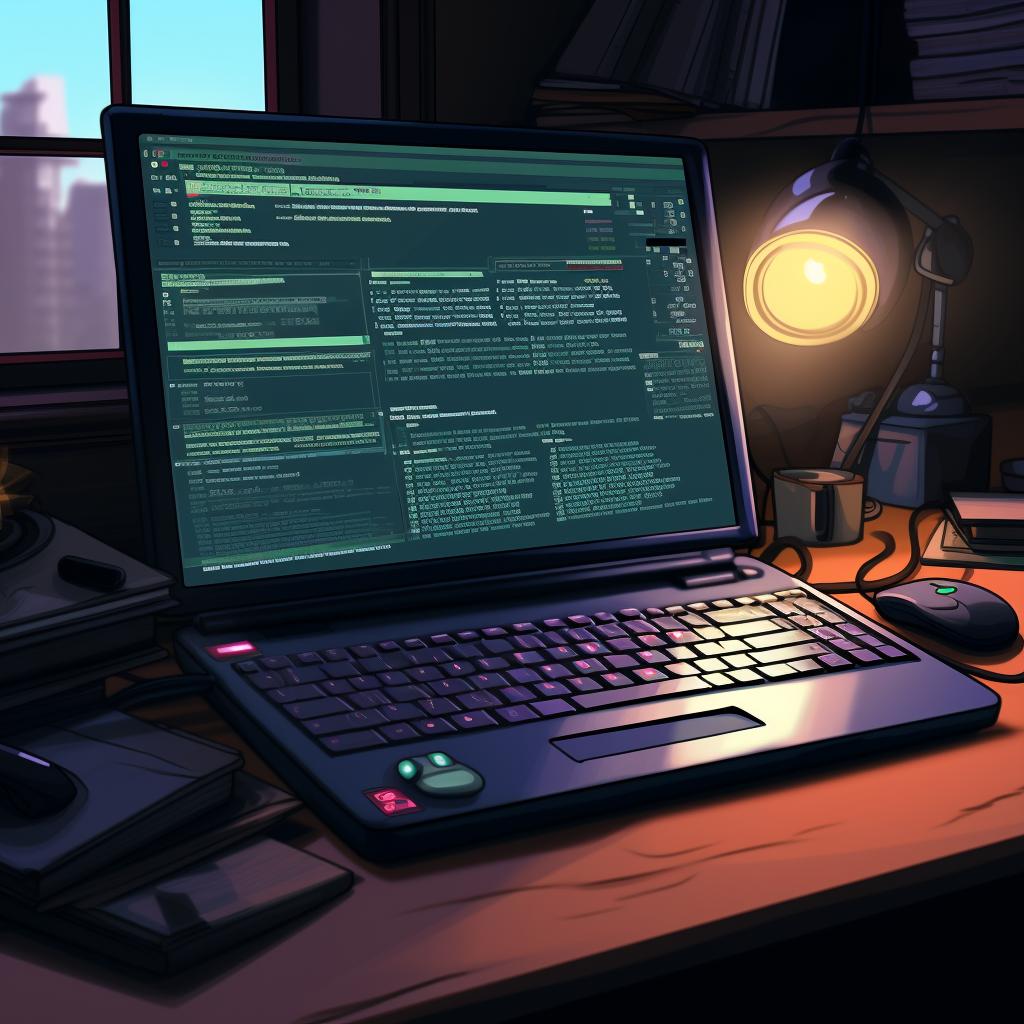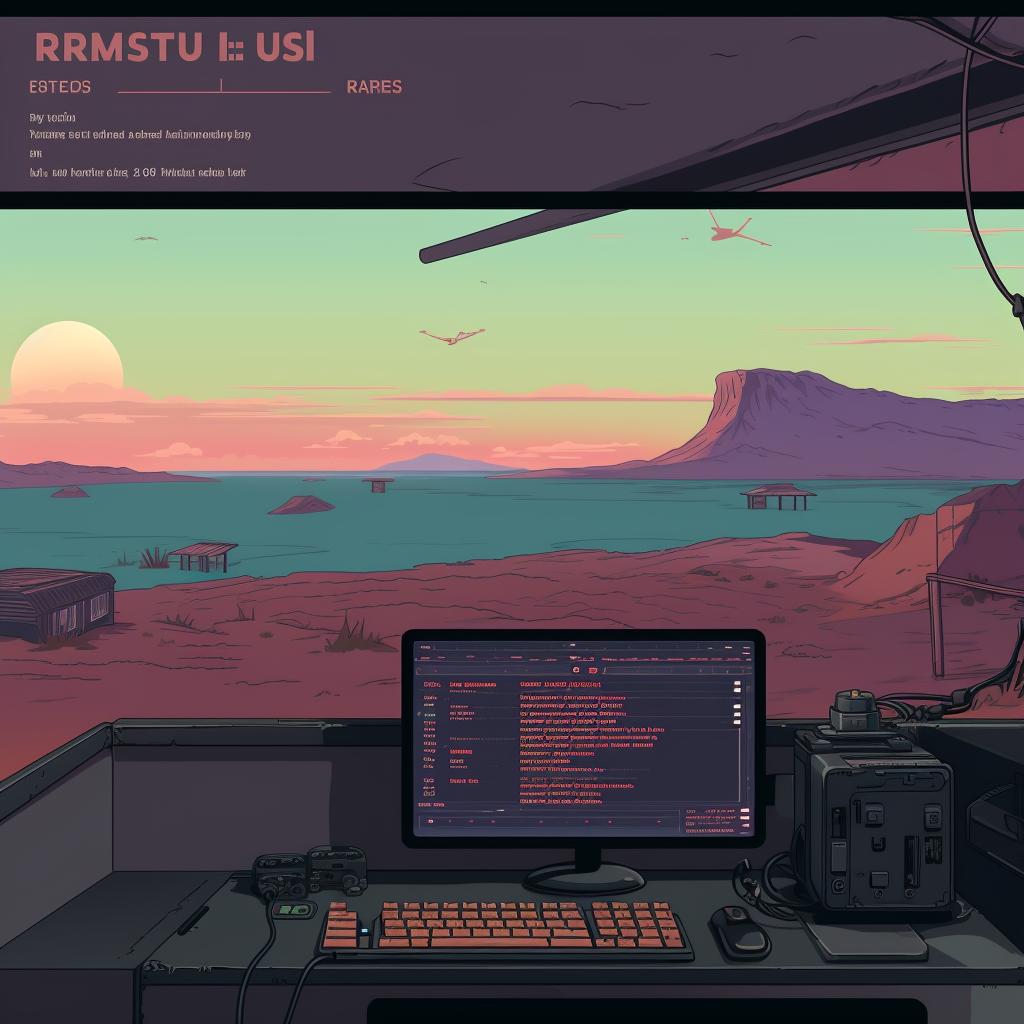Installing Rufus on Linux: A Step-by-Step Journey | DG Micro
Installing Rufus on Linux: A Step-By-Step Journey
Looking to install Rufus on your Linux system? You've come to the right place! In this step-by-step guide, we'll walk you through the process of downloading and installing Rufus on Linux. Let's get started!
Step 1: Download Rufus
To begin, head over to the official Rufus website and download the latest version of Rufus for Linux. Make sure to choose the appropriate version for your Linux distribution.
Step 2: Extract the Downloaded File
Once the download is complete, it's time to extract the file. Simply right-click on the downloaded file and select 'Extract Here'. This will extract the contents of the Rufus file to your desired location.
Step 3: Open Terminal
Now, let's dive into some command line action. Open the Terminal application from your system's application menu. This will allow us to navigate through the installation process using command line commands.
Step 4: Navigate to the Extracted Folder
In the Terminal, navigate to the directory where you extracted the Rufus file. To do this, use the 'cd' command followed by the path to the directory. For example, if you extracted the file to the Downloads folder, you would use the command 'cd ~/Downloads'.
Step 5: Install Rufus
Finally, it's time to install Rufus on your Linux system. In the Terminal, type the command './configure' followed by 'make' and 'sudo make install'. This will initiate the installation process and install Rufus on your system.
And there you have it! You've successfully installed Rufus on your Linux system. Now you can take advantage of all the features and functionalities that Rufus has to offer.
Remember, Rufus is a powerful tool that allows you to create bootable USB drives, so make sure to use it responsibly and follow the instructions carefully.
We hope this step-by-step guide has been helpful in guiding you through the installation process of Rufus on Linux. If you have any further questions or need assistance, feel free to reach out to our team at DG Micro. Happy Linux-ing!





